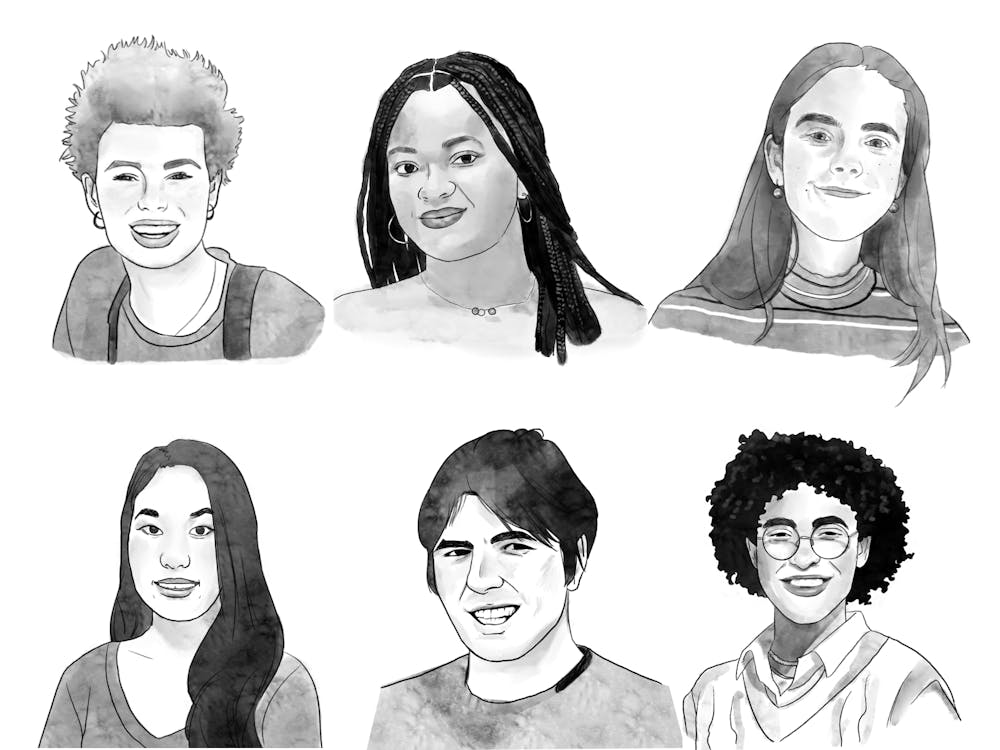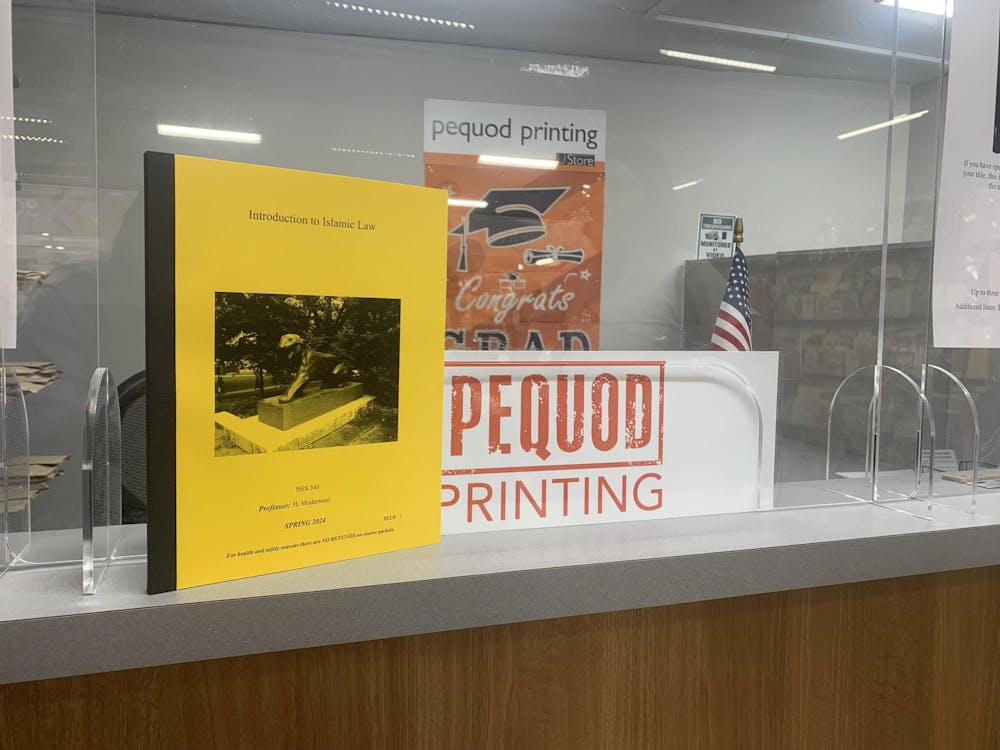These past few weeks have seen radical social and political events on a monumental scale, but one would hardly know it from reading or watching traditional sources of media. While mainstream news outlets have preoccupied themselves with the iPhone 7 or Hillary Clinton’s pneumonia, historic strikes have occurred across India and within U.S. prisons, and Native American activists across the country have organized remarkable opposition to the North Dakota pipeline.
As smugly dismissive as the Princeton community may generally be toward protesters, it benefits us all to be informed about these recent cases of social mobilization. Such information could become useful one day as a source of context for many of our peers lining up careers in finance, public office, or oil and gas, to remind themselves that violently wringing profit from marginalized communities does not always succeed exactly as planned (as it turns out, we elites do not have a monopoly on social agency). A summary of each event along with some context might therefore be necessary.
India underwent economic liberalization in 1991, opening up markets to foreign investors, reducing tariffs and devaluing the local currency, the rupee. Although sixteen general strikes have occurred prior to this year, the World Bank warned in 2014 against “pro-labor legislation.” The current prime minister, Narendra Modi, was elected in 2014 and has proposed reforms that, among other things, would effectively lessen the number of workers who will have rights such as access to the provision of drinking water and proper toilets, safer workplaces, an eight-hour work day, and paid holidays, while making it easier for employers to fire workers and harder for workers to unionize.
The general strike that occurred earlier this month was led by ten major trade unions and involved as many as 180 million employees, predominantly in the public sector but including some informal workers as well. According to union officials, this may be the largest general strike in world history. Despite this incredible scale, major news outlets have shown little interest in covering the strike and the workers’ rights issues behind it. The New York Times, for example, ran exactly one article on the strike, which came from the Associated Press, and the Washington Post also neglected to publish an original story.
On September 9, incarcerated workers in 40 prisons across 24 states launched a strike to mark the anniversary of the Attica uprising and protest a system of incarcerated labor that is essentially a form of modern-day slavery that imposes inhumane living and working conditions as well as illegal reprisals. In many states, incarcerated workers earn a few cents or nothing at all. Much of this resistance, furthermore, is happening in women’s prisons, which is significant as women make up the fastest-growing corrections population and face increased sexual abuse, lack of medical care, and unsanitary conditions. Meanwhile, mass incarceration’s foundation as a form of racial and class-based oppression remains intact.
Although this action may be the largest prison strike in history, news outlets such as the New York Times, PBS, and the Washington Post failed to publish a single story on this event.
Then there is the issue of the Dakota Access Pipeline, which barely received any mainstream media coverage until weeks of protests had already passed. There have been other recent North American indigenous struggles against encroaching environmentally destructive business interests, such as the Unist’ot’en Camp’s resistance in British Columbia to the proposed construction of numerous pipelines. However, the protest against the North Dakota pipeline is historic because it has brought together around 200 tribes that have not united for over 150 years. Not only would the pipeline run through federal lands that were taken from Native peoples through ongoing genocidal campaigns, it continues a trend of pipelines being approved without environmental impact statements. The pipeline would threaten the cultural, environmental, and social well being of Native communities that already bear the brunt of state violence and economic marginalization.
Much of what I have read on these issues I have encountered through social media, and while recent cases of censorship on Facebook do make me cautious about this model, I’m still optimistic about its potential. Platforms such as Facebook or Twitter may serve as more valuable media tools than traditional newspapers by allowing users to easily aggregate a variety of mainstream and alternative news sources. While social media platforms are far from neutral, I’m hopeful that their status as complex, rapidly emerging, and evolving entities may make them too difficult even for their corporate creators to effectively control.
Perhaps this value has emerged as a result of what urban sociologist Manuel Castells terms the network society, as individual access to communication technologies allows a less rigidly-hierarchical exchange of information. Network theorists frame interconnectivity in terms of the exchange between nodes, or individual participants and users, who may have varying degrees of outreach and access. As readily available sources of news begin to shift from the heavily institutional, for-profit hubs of journalistic authority like the New York Times (which currently function as central nodes) towards a more democratized field of voices, events that threaten elite interests and institutions of capital may become more widely visible. And that’s a positive change.









